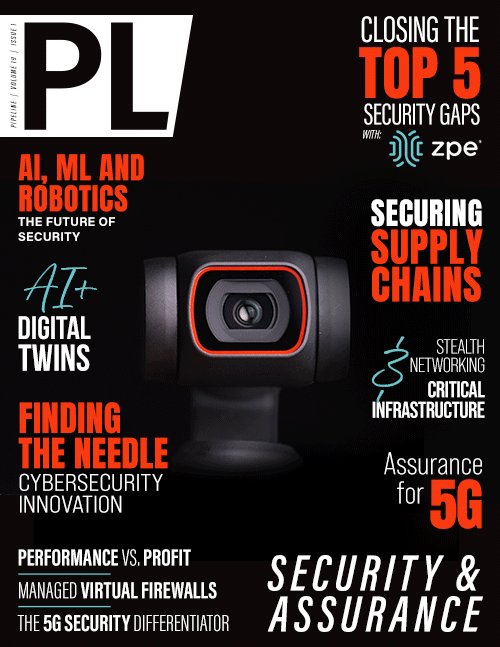Security as a Differentiator for 5G
Moreover, subscribers actually express a desire for security to be a part of their connectivity package. With already close to one billion 5G connections, consumers are starting to experience the advantages of 5G. But they continue to be concerned about the security of their connections. They also expect their service provider to play a central role in providing that security. Results of a survey conducted by Coleman Parkes Research for Allot bear this out.
Consumer network security demands by the numbers
Fifty-seven percent of consumers said they did not know which cybersecurity solution to choose compared with 31 percent in Q4 2020. With so many potential options and features in the cybersecurity realm, consumers are confused about which solutions can actually improve their lives. This leads to a large number of consumers choosing to stay unprotected. Survey results show that 56 percent of consumers want security as part of their existing connectivity package, an increase of eight percent from 2020. In addition, 48 percent of respondents expect built-in security on their devices, compared to 27 percent in 2020. This jump of more than 20 percent shows a trend that consumers are getting more and more frustrated with existing solutions yet want to be protected without the hassle. Furthermore, 75 percent said they trust their mobile provider to protect them from cyber threats and more than 90 percent of consumers are willing to pay for cybersecurity protection.
When consumers clearly know that they want cybersecurity protection services, and they are already willing to trust their operators to provide those services, and they are willing to pay their operators for those services, it seems obvious that cybersecurity protection could be the benefit that 5G operators can offer to consumers to help them to select their network over a competitor. This is even more of an issue with 5G networks, compared to previous technologies.
For a number of reasons, 5G will be more prone to cyberattacks compared with 4G. The rise of smart devices that will be stimulated by 5G technology can translate into greater strain on Internet of Things (IoT) security. It’s simple math. More IoT devices available means greater opportunities for security breaches. Additionally, a significant number of IoT devices lack built-in security, which leaves them vulnerable to malware infection. An infected IoT device can serve as a doorway to the entire network infrastructure and a widespread breach. In addition to the greatly increased number of connected devices on networks, 5G increases the threat landscape through the rise in potential points of attack with hundreds of traffic sensitive Multi-access Edge Computing (MEC) nodes, which are critical elements in delivering ultra-low latency in 5G networks. This is in addition to the greatly increased throughput per connection, which leads to more opportunities for attacks.
Though some attacks are aimed at the network and not at the consumer, the potential for consumer-focused attacks in 5G networks is also significantly increased.
A number of recent surveys show that consumers are increasingly concerned about cyberthreats. In the same survey cited above, 62 percent of consumers said that they expect secure connectivity to be a core offering from a mobile service provider. As a part of the core service offering, cybersecurity protection could be the differentiator between one 5G operator and their competitors’ networks.
The difference between a secure 5G service offering and one that does not provide zero-touch cybersecurity as a part of the core offering will be a deciding factor in network selection. And now that subscribers are thinking about those shiny new 5G handsets, and the brave new world of widespread IoT, this is a good time to consider implementing a comprehensive cybersecurity solution for consumers, before they choose someone else’s secure network.



















